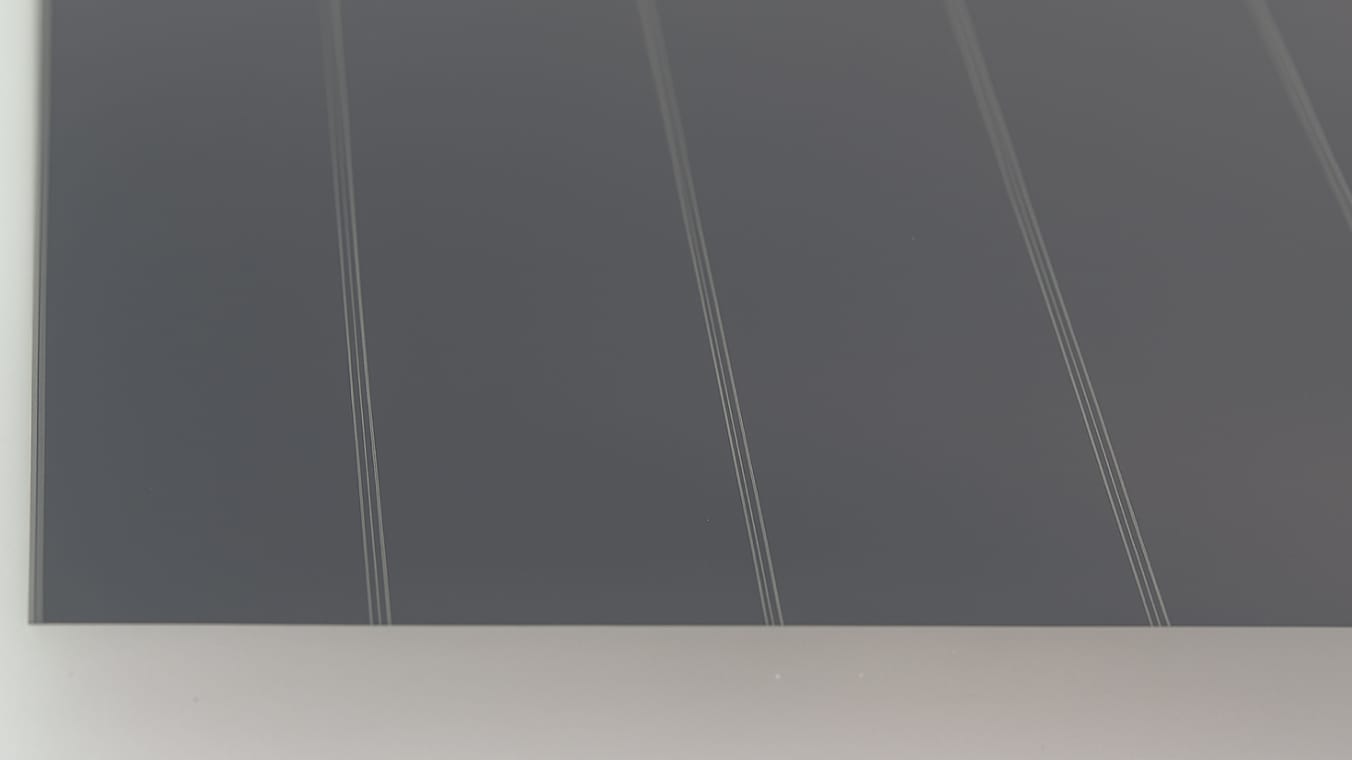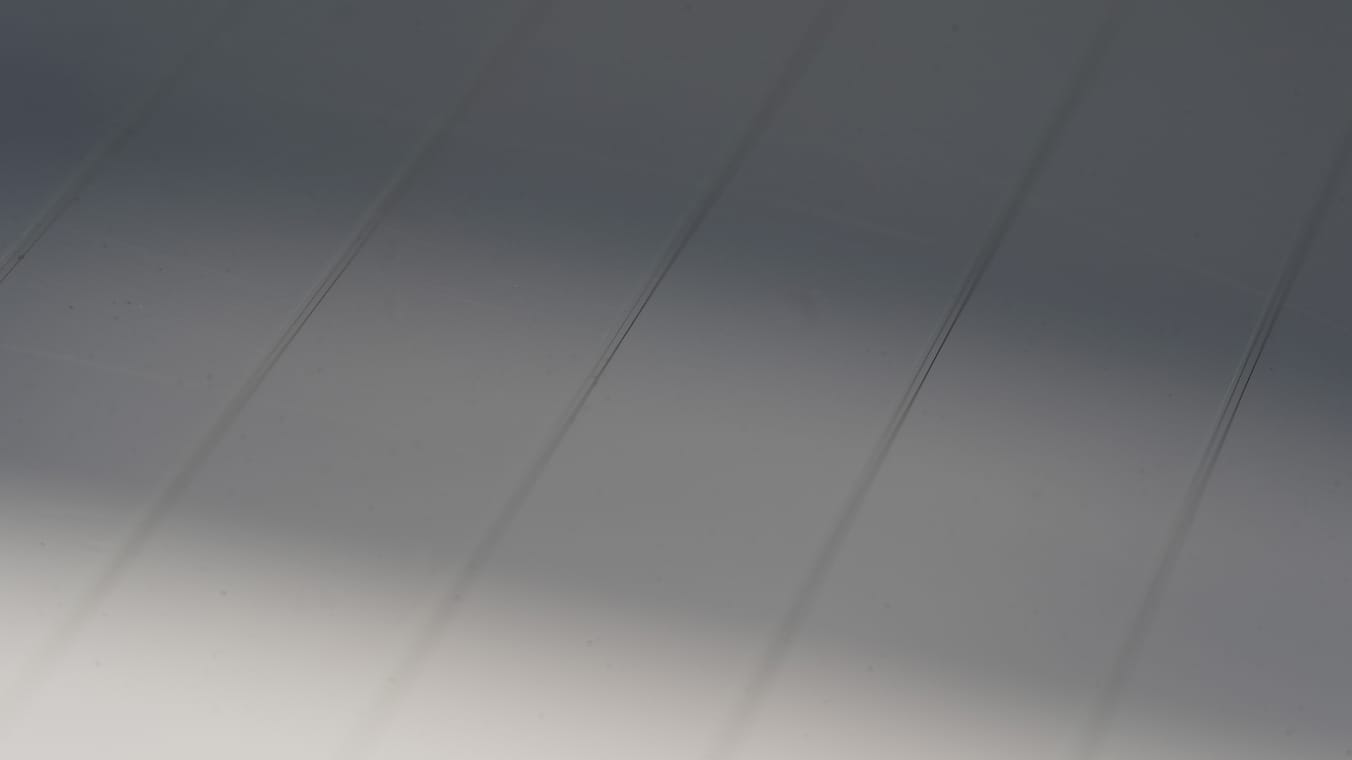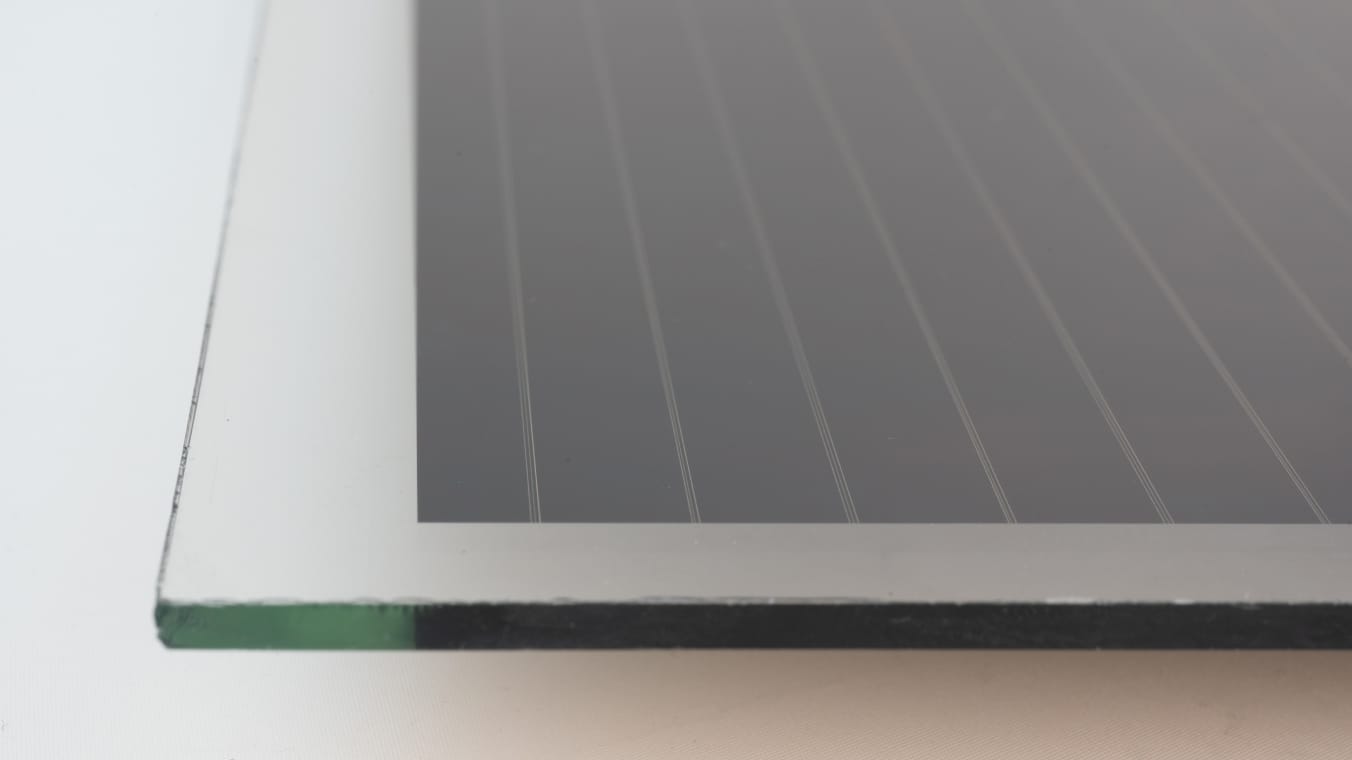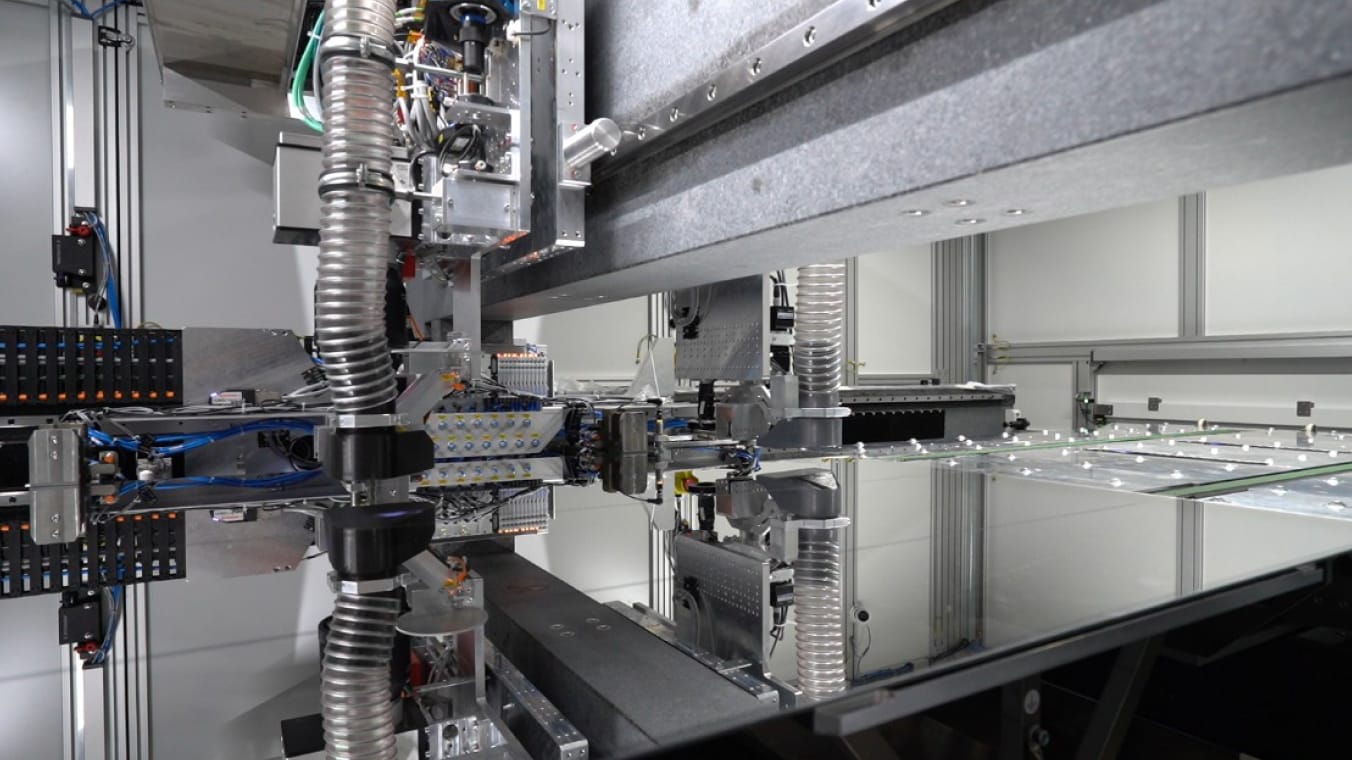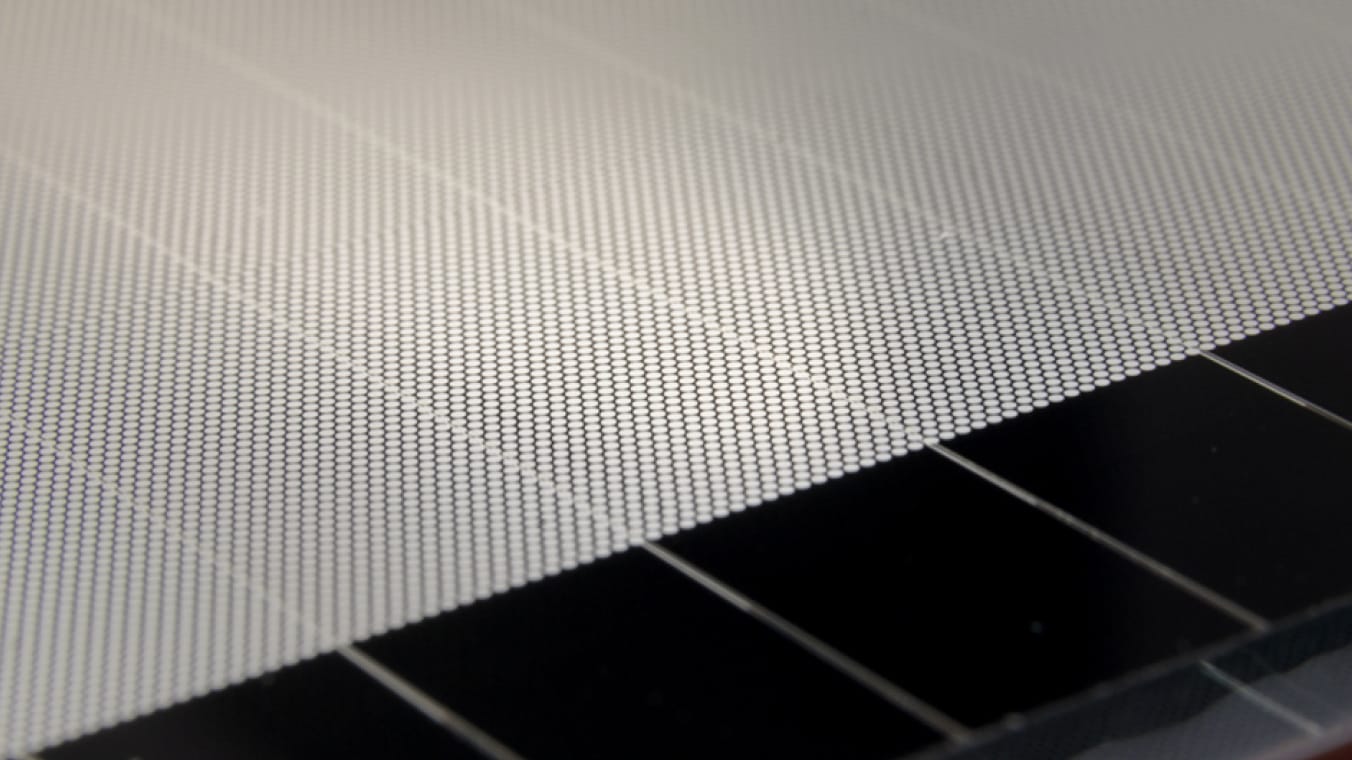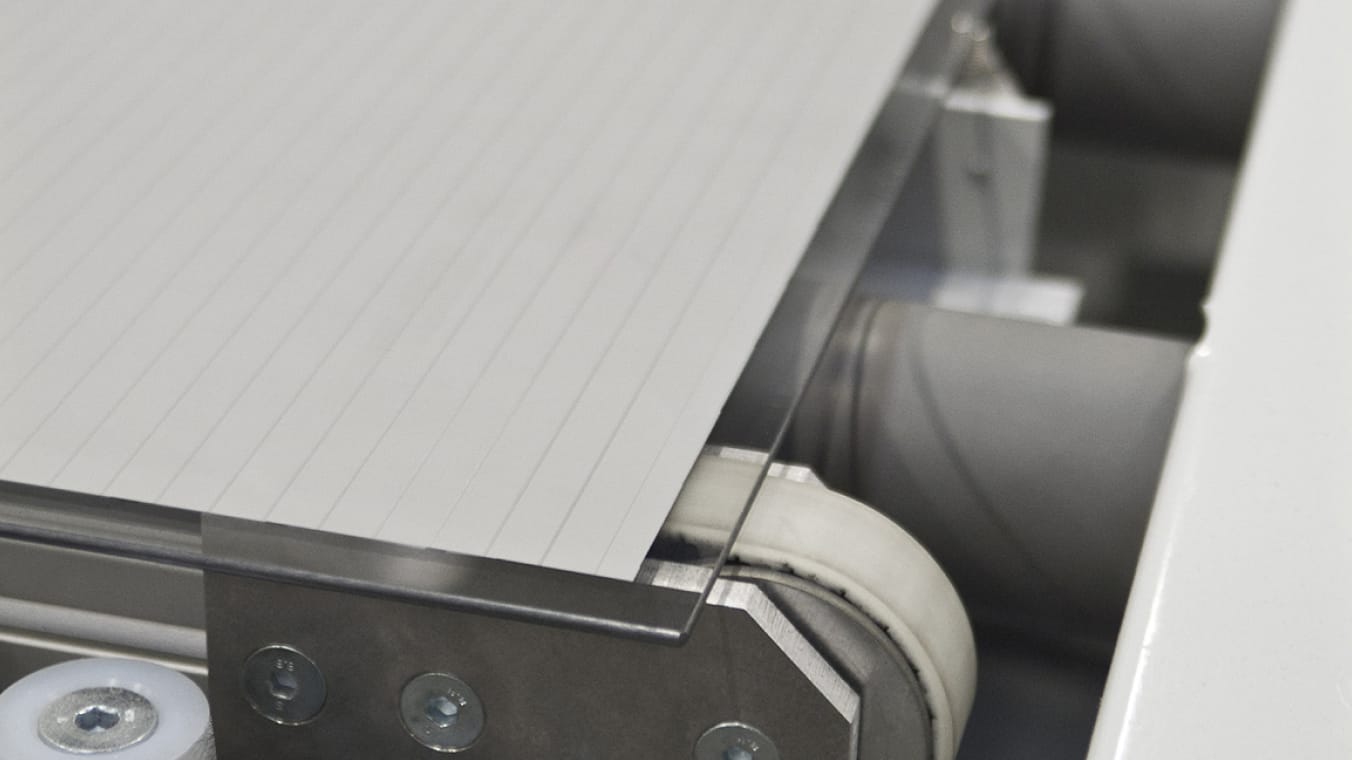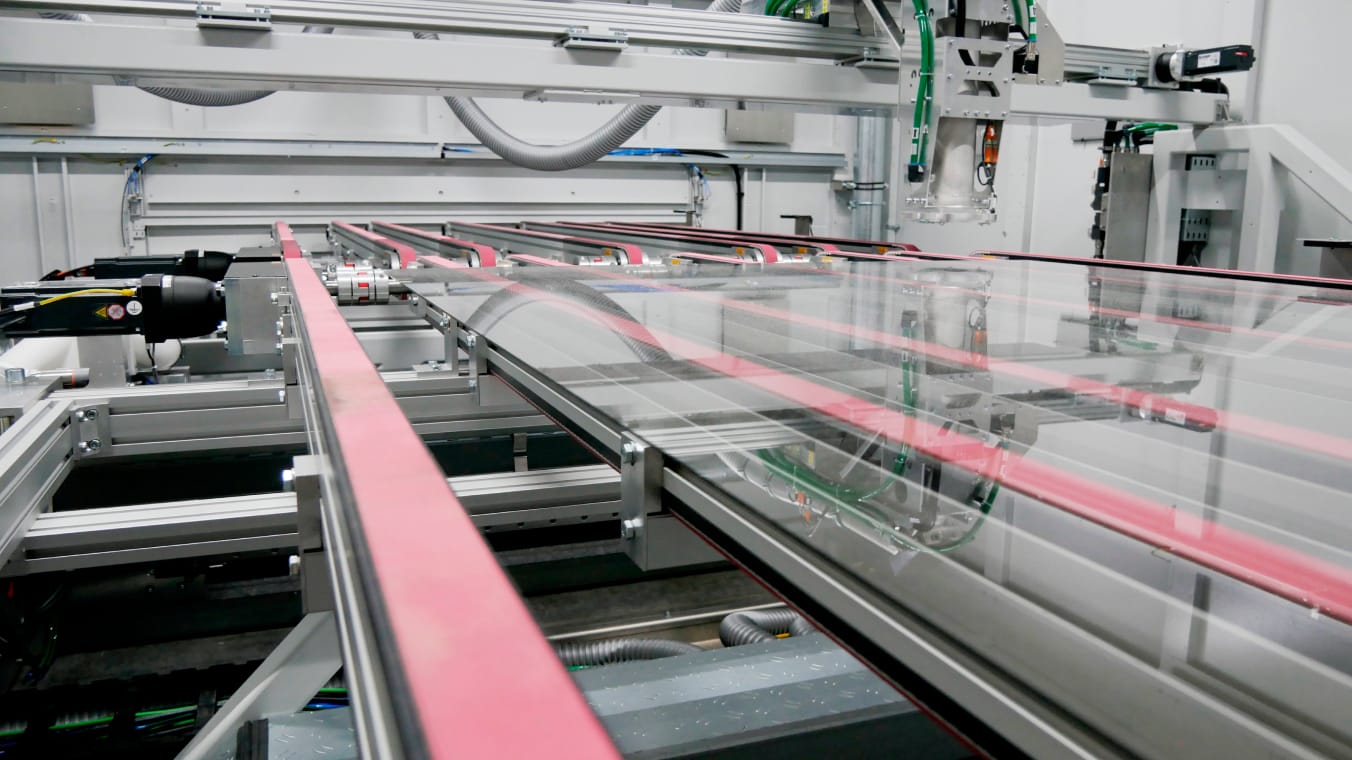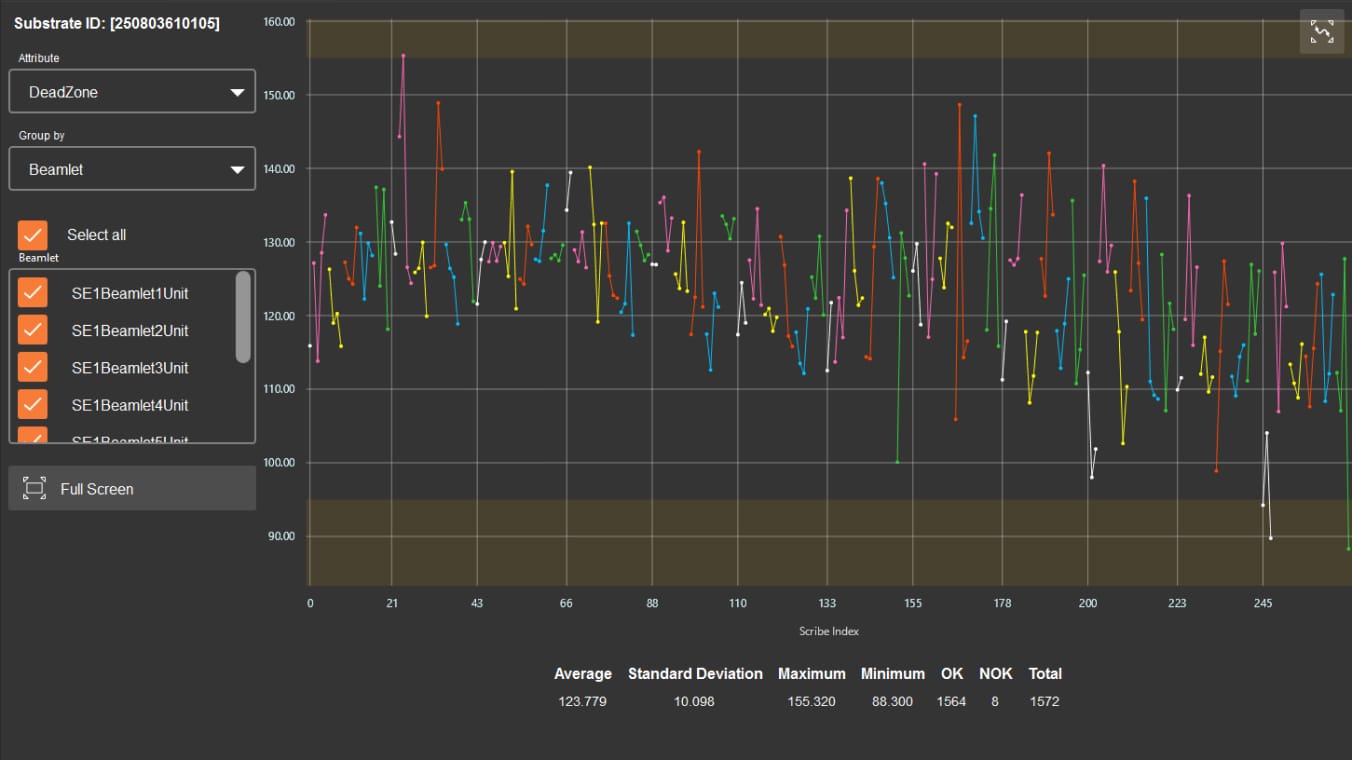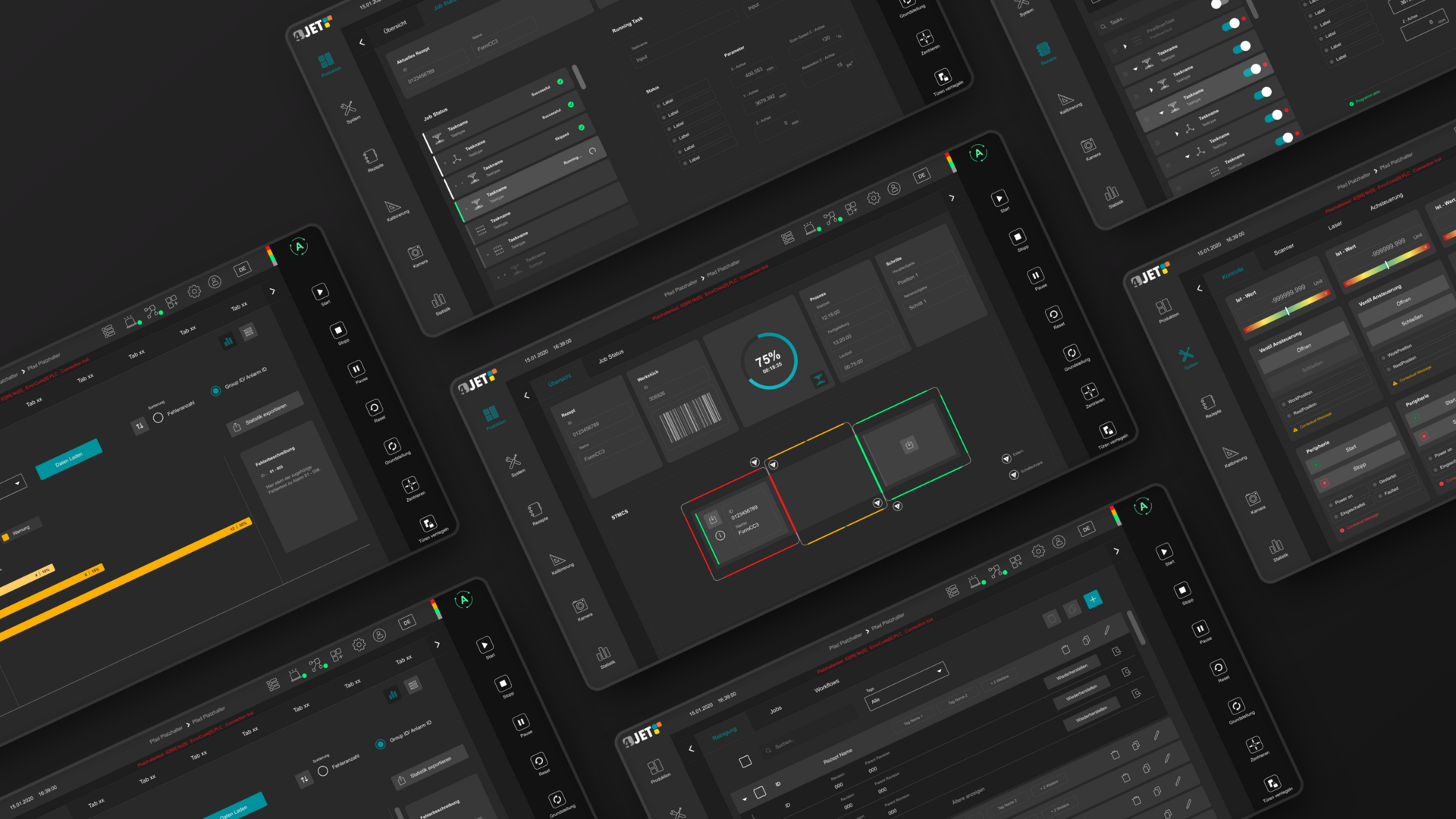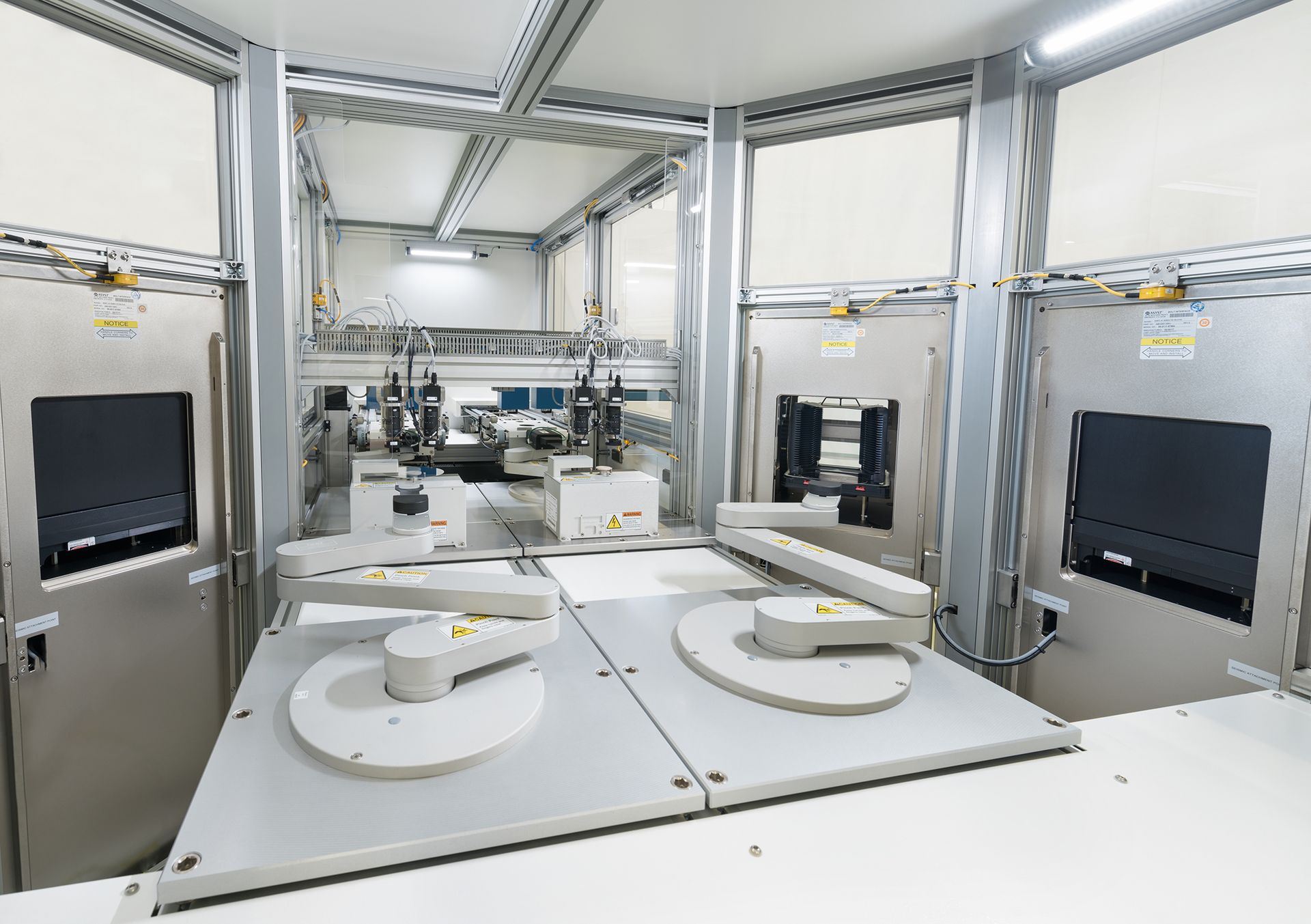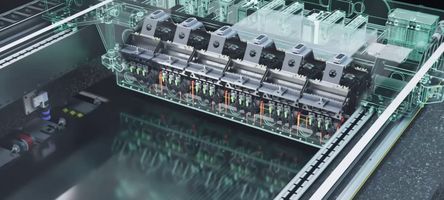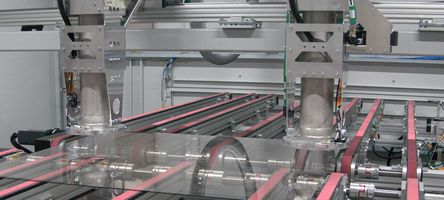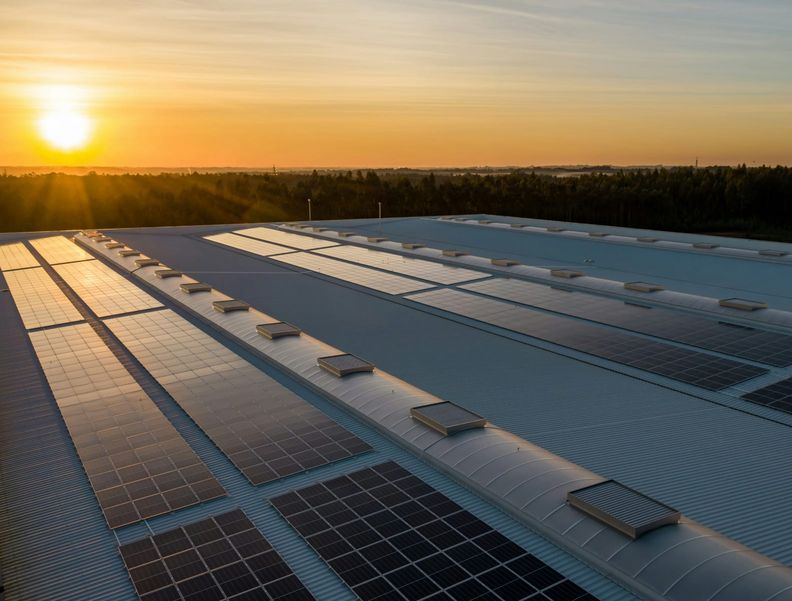
Thin-Film Photovoltaics
Laser Micromachining for High-Efficiency Thin-Film Photovoltaics
We provide scalable laser systems for scribing, edge deletion, and precision patterning of thin-film solar materials – including perovskite, CIGS, CdTe, and tandem cells – for next-generation module efficiency and durability.
Laser-Driven Innovation in Next Generation Thin-Film Solar

Thin-film photovoltaic (TFPV) technologies are reshaping solar manufacturing with lightweight, flexible, and cost-effective alternatives to crystalline silicon. To maximize performance and reduce dead zones, these advanced solar stacks demand laser micromachining solutions that are precise, non-destructive, and contamination-free.
We deliver proven laser tools for P1–P3 scribing, edge deletion, and multilayer patterning – enabling seamless module interconnection, yield optimization, and long-term reliability. Our contactless processes are suitable for rigid and flexible modules, including roll-to-roll platforms.
Whether for R&D, pilot lines, or multi-GW production, we empower the solar industry to scale next-gen photovoltaics with unmatched accuracy and throughput.
Key Technical Features for Thin-Film Photovoltaics Processing:
Key Applications & Our Capabilities
P1, P2, and P3 Laser Scribing of Thin-Film PV Cells for Monolithic InterconnectionDead Zone Reduction & Line ParallelismEdge Deletion for Moisture Protection & Electrical IsolationLaser Patterning for Interconnects and Custom Cell DesignsSelective Coating Removal and Layer IsolationSurface Cleaning and Pre-Bond PreparationFlexible and Tandem PV Module CompatibilityInline Monitoring & Process Control
P1, P2, and P3 Laser Scribing of Thin-Film PV Cells for Monolithic Interconnection
Applications:
- P1 (substrate isolation), P2 (interconnect), and P3 (top contact removal)
- Used in CdTe, CIGS, and perovskite thin-film cells – rigid or flexible formats
4JET Technology Fit:
- Ultrashort pulse laser scribing with minimal heat-affected zones and layer-selective control
4JET Solution:
- Delamination-free, layer-specific scribe lines with controlled width and depth – minimizing dead zones and maximizing active cell efficiency
4JET Platform:
Dead Zone Reduction & Line Parallelism
Applications:
- Reducing inactive zones between cells
- Improving power density and yield through tight scribe tolerances
4JET Technology Fit:
- Precision scan systems with inline vision and beam control
4JET Solution:
- Real-time correction and sub-micron alignment for consistent scribing uniformity
4JET Platform:
Edge Deletion for Moisture Protection & Electrical Isolation
Applications:
- Removal of conductive layers (TCOs, metals) from module edges
- Preparing sealing zones for lamination and encapsulation
4JET Technology Fit:
- High-power scanning ablation for multilayer coating stacks
4JET Solution:
- Uniform, residue-free edges with no substrate damage – ready for sealing and bonding – ensuring stable encapsulation and long-term module performance
4JET Platform:
Laser Patterning for Interconnects and Custom Cell Designs
Applications:
- Patterning for shingled cells, bypass zones, or custom layouts
- Functional segmentation for semi-transparent or flexible mod
4JET Technology Fit:
- Digitally defined ablation paths with adaptive focus
4JET Solution:
- Custom scribe geometries and dynamic process adjustment
Selective Coating Removal and Layer Isolation
Applications:
- Ablation of ITO, silver, TCO, or barrier layers in tandem or hybrid cells
- Precision removal without damaging active material layers
4JET Technology Fit:
- Maskless, software-defined patterning and layer isolation for multilayer structures
4JET Solution:
- Sharp, crosstalk-free removal of functional coatings – compatible with perovskite and hybrid cells
4JET Platform:
Surface Cleaning and Pre-Bond Preparation
Applications:
- Pre-lamination or pre-print cleaning of module surfaces
- Removal of micro-particles, oxides, or process residues
4JET Technology Fit:
- Laser cleaning with tunable pulse and energy settings
4JET Solution:
- Dry, contactless surface conditioning to ensure bonding integrity
Flexible and Tandem PV Module Compatibility
Applications:
- Integration with roll-to-roll lines, tandem perovskite-silicon architectures
- Processing of PET, ultra-thin glass, or metal foil substrates
4JET Technology Fit:
- Modular beam handling and substrate alignment for curved or flexible formats
4JET Solution:
- Compact, modular, and scalable platforms for both pilot and high-volume manufacturing
Inline Monitoring & Process Control
Applications:
- Inspection of scribe width, layer removal, and defect detection
- Yield control in mass production environments
4JET Technology Fit:
- Integrated metrology and closed-loop control modules
4JET Solution:
- MES (Manufacturing Execution System)-compatible process data capture and smart manufacturing readiness
Why 4JET?
Proven performance in perovskite, CIGS, CdTe, and hybrid cell stacks
Trusted by R&D centers and large-scale solar module manufacturers worldwide
Tailored tools for sheet-fed, glass-glass, and roll-to-roll architectures
Compact, low-maintenance platforms supporting rapid technology transitions
Driving Innovation in Thin-Film PV?
Let’s discuss how we can support your perovskite or thin-film PV roadmap – from feasibility testing to automated production.
Enabling Capabilities Across All Thin-Film PV Applications

The thin-film photovoltaics industry demands large-area precision, uptime-focused automation, and scalable process control. 4JET’s laser systems are engineered to meet the unique material and process challenges of TFPV manufacturing – across all major technologies like CIGS, CdTe, and perovskites.
Core4 Software Platform Global Services & SupportAutomation Integration
Core4 Software Platform
At the heart of every 4JET machine, Core4 ensures consistent performance and optimized throughput for PV production lines.
- Modular and scalable software architecture for roll-to-roll and sheet-based systems
- Seamless integration of laser controls, machine vision, and PLCs
- AI-powered vision tools for real-time tracking of scribe quality and layer alignment
- Backed by a 20+ developer team ensuring fast iteration, updates, and field support
Global Services & Support
Global team to support uptime and line efficiency in 24/7 manufacturing environments:
- Remote diagnostics, live software assistance, and recipe tuning
- On-site installation, training, and maintenance support
- Long-term service contracts to ensure productivity and process stability
Driving Innovation in Thin-Film PV?
Let’s discuss how we can support your perovskite or thin-film PV roadmap – from feasibility testing to automated production.

